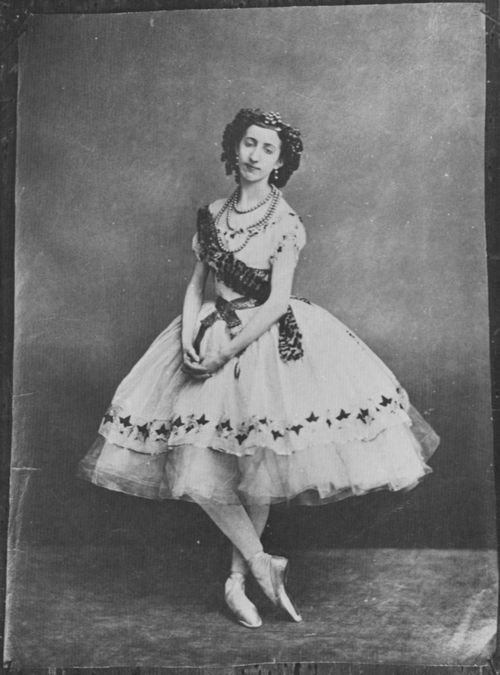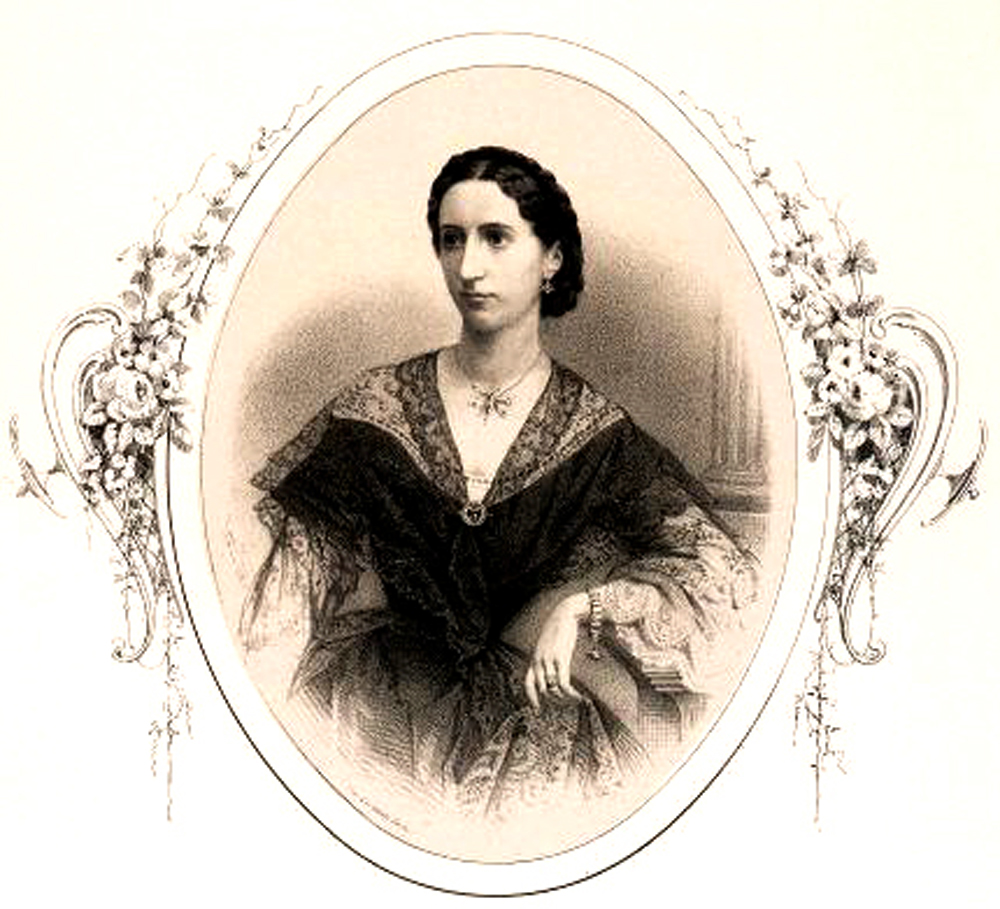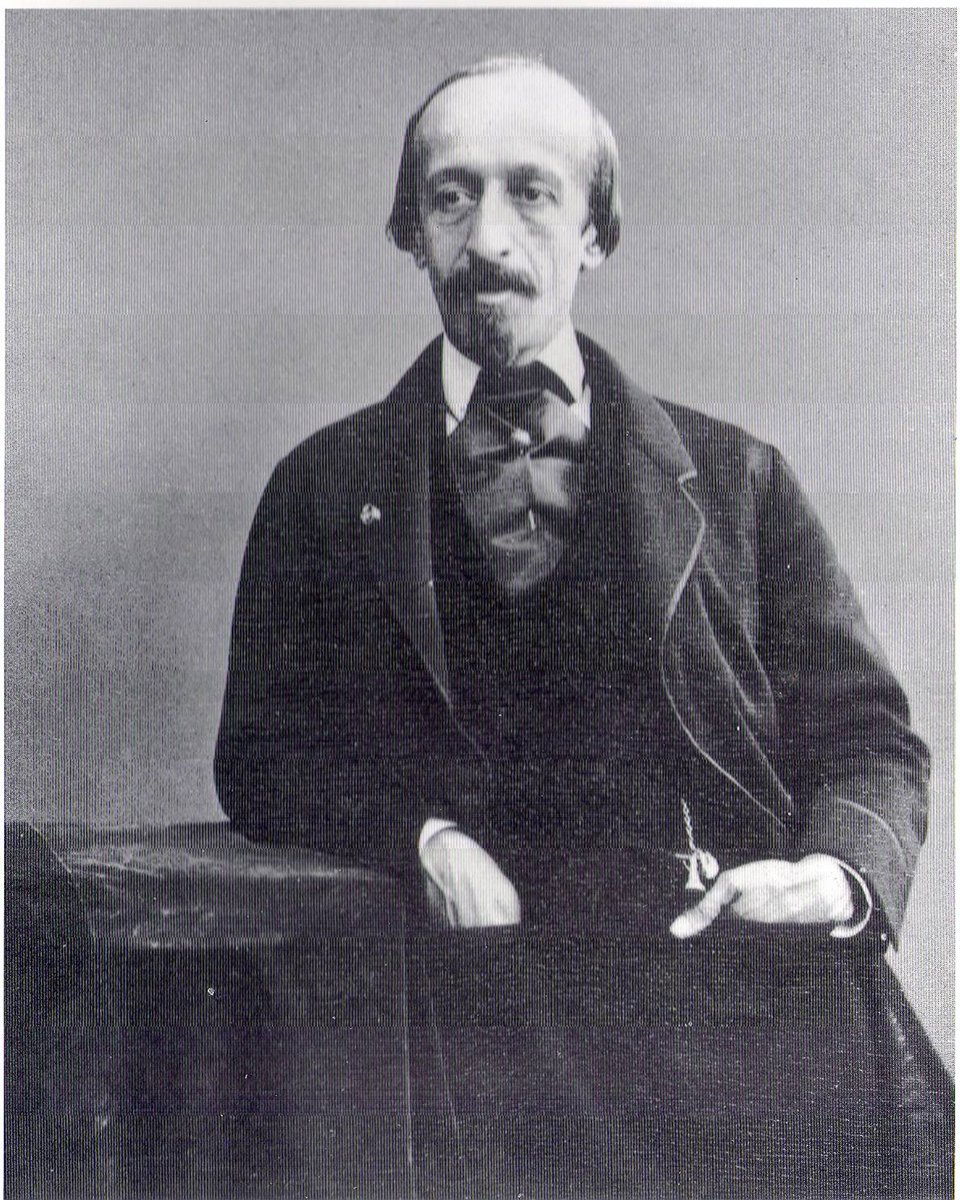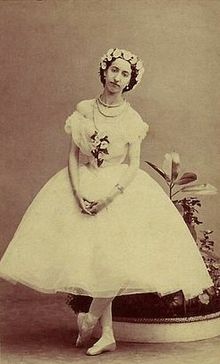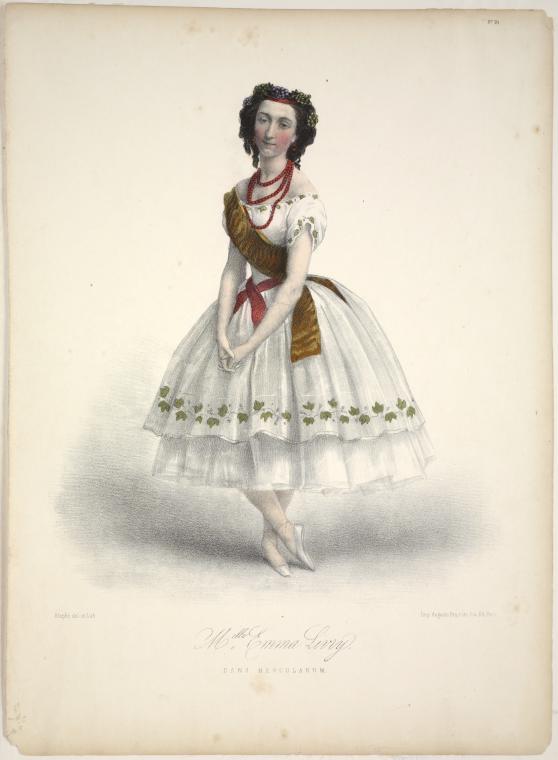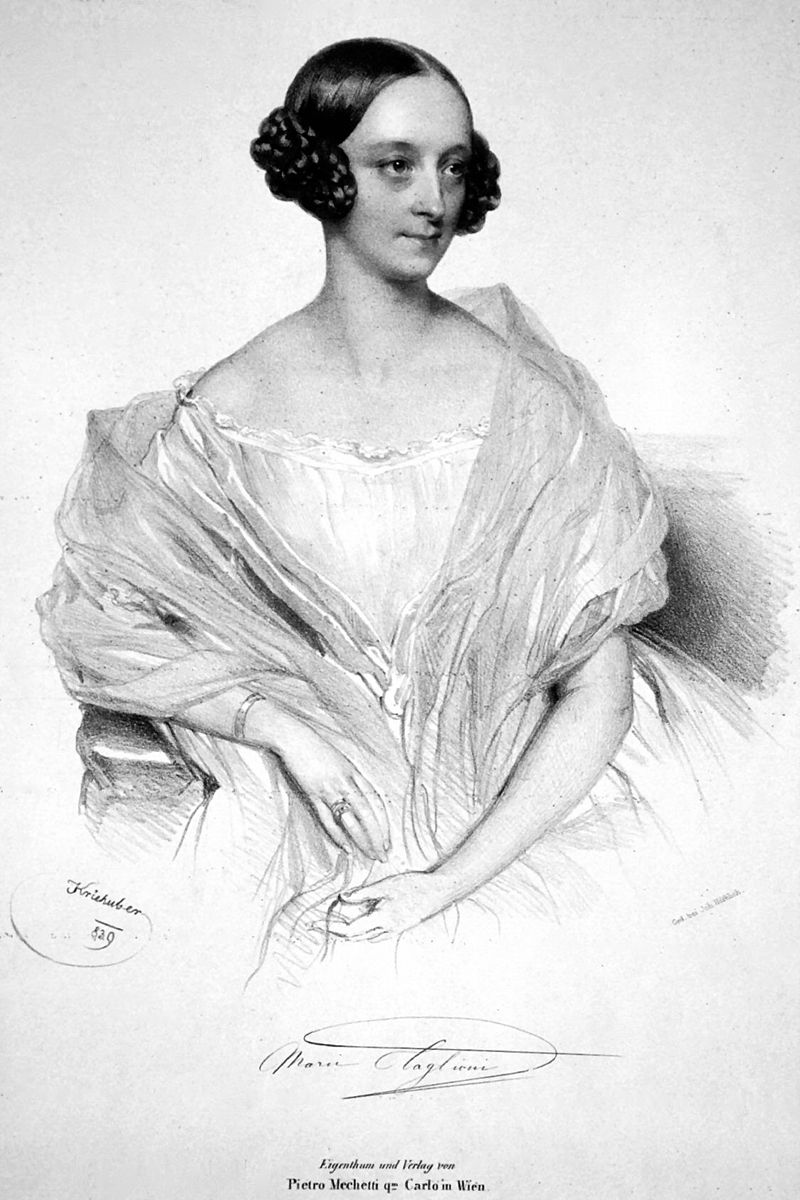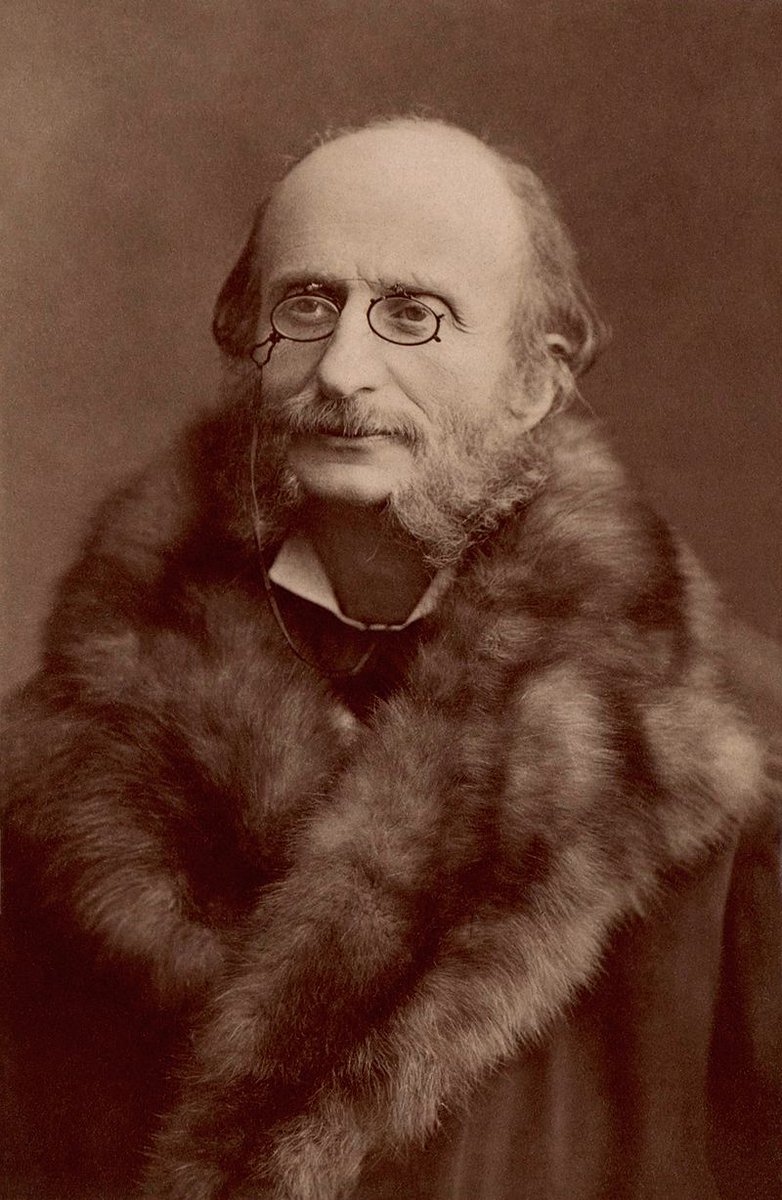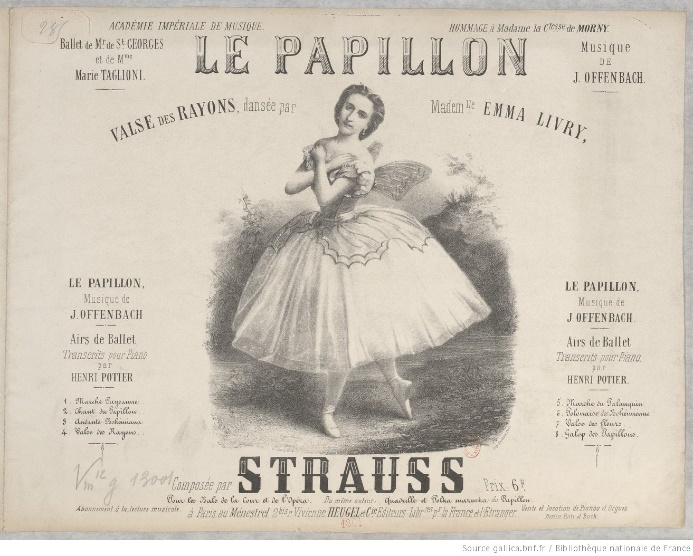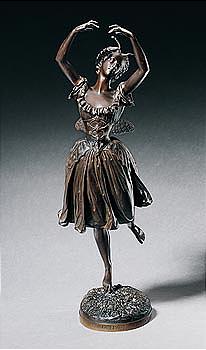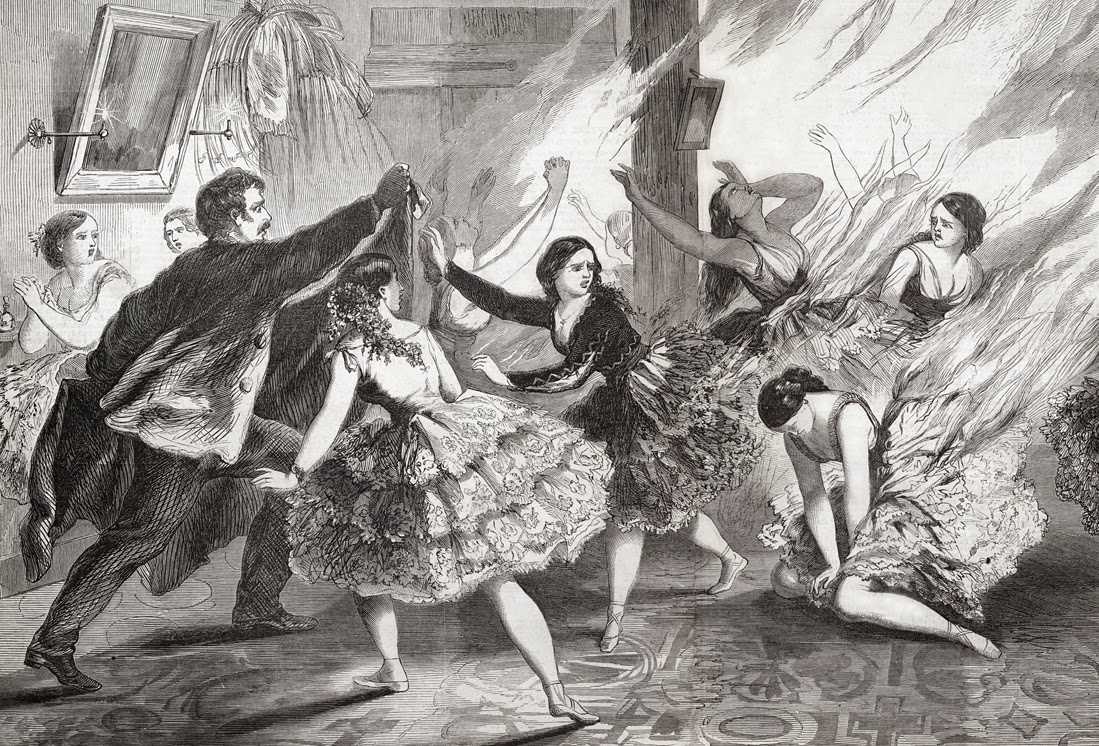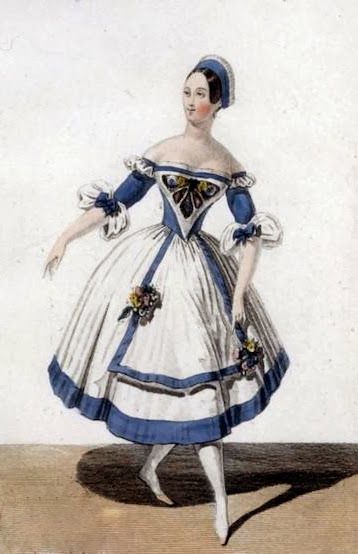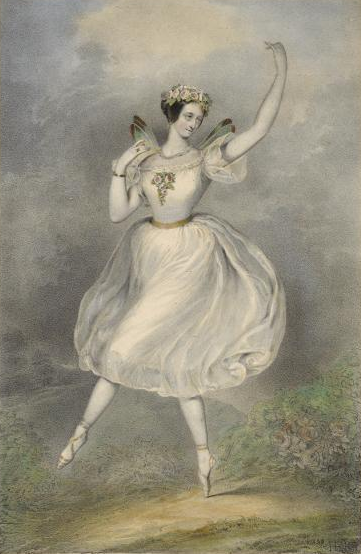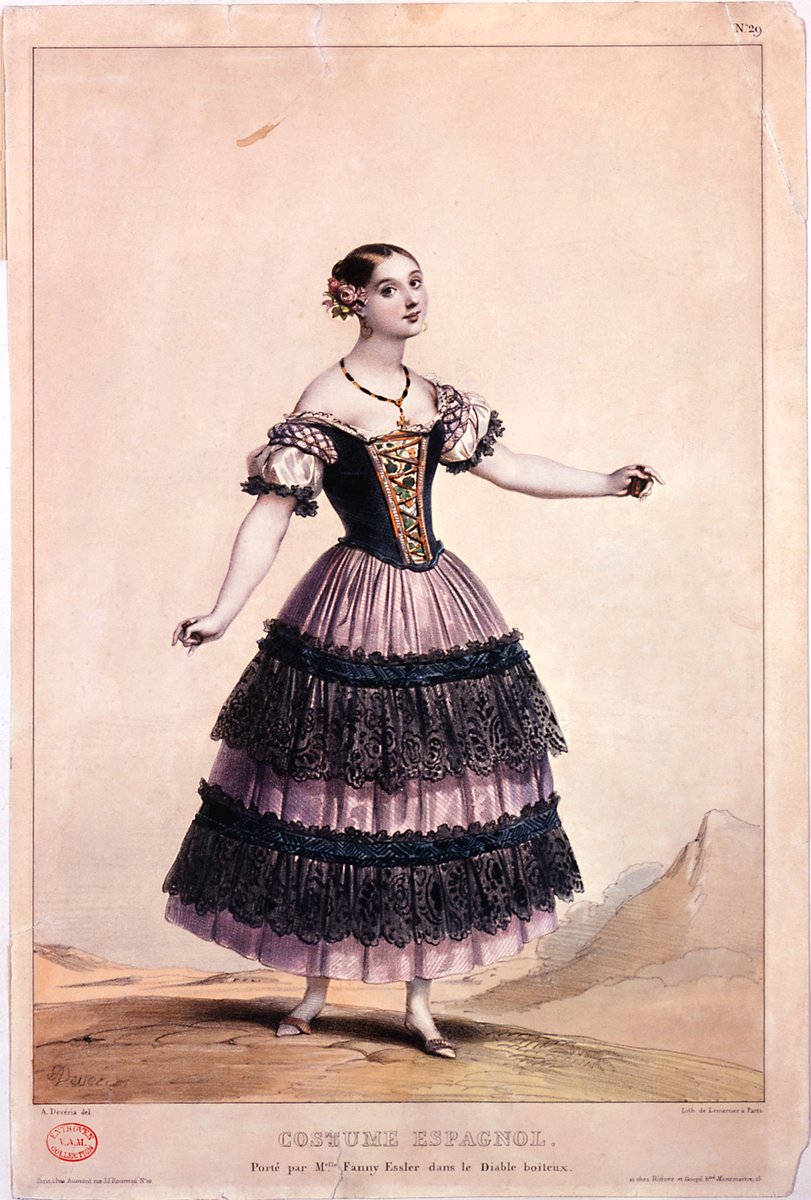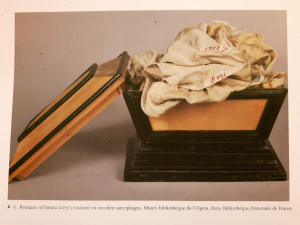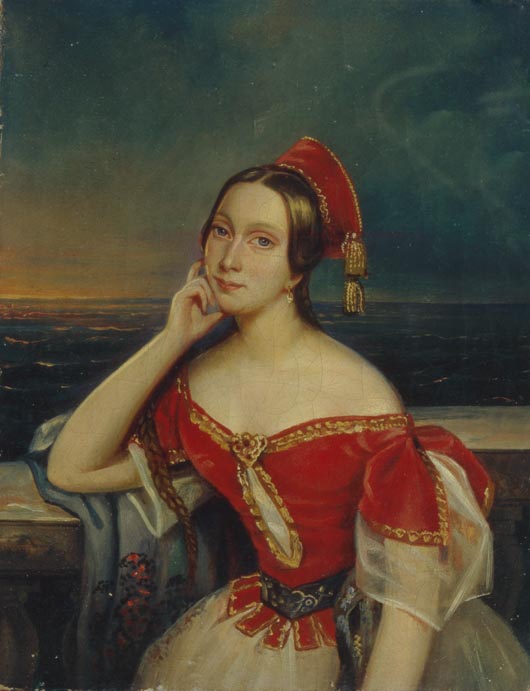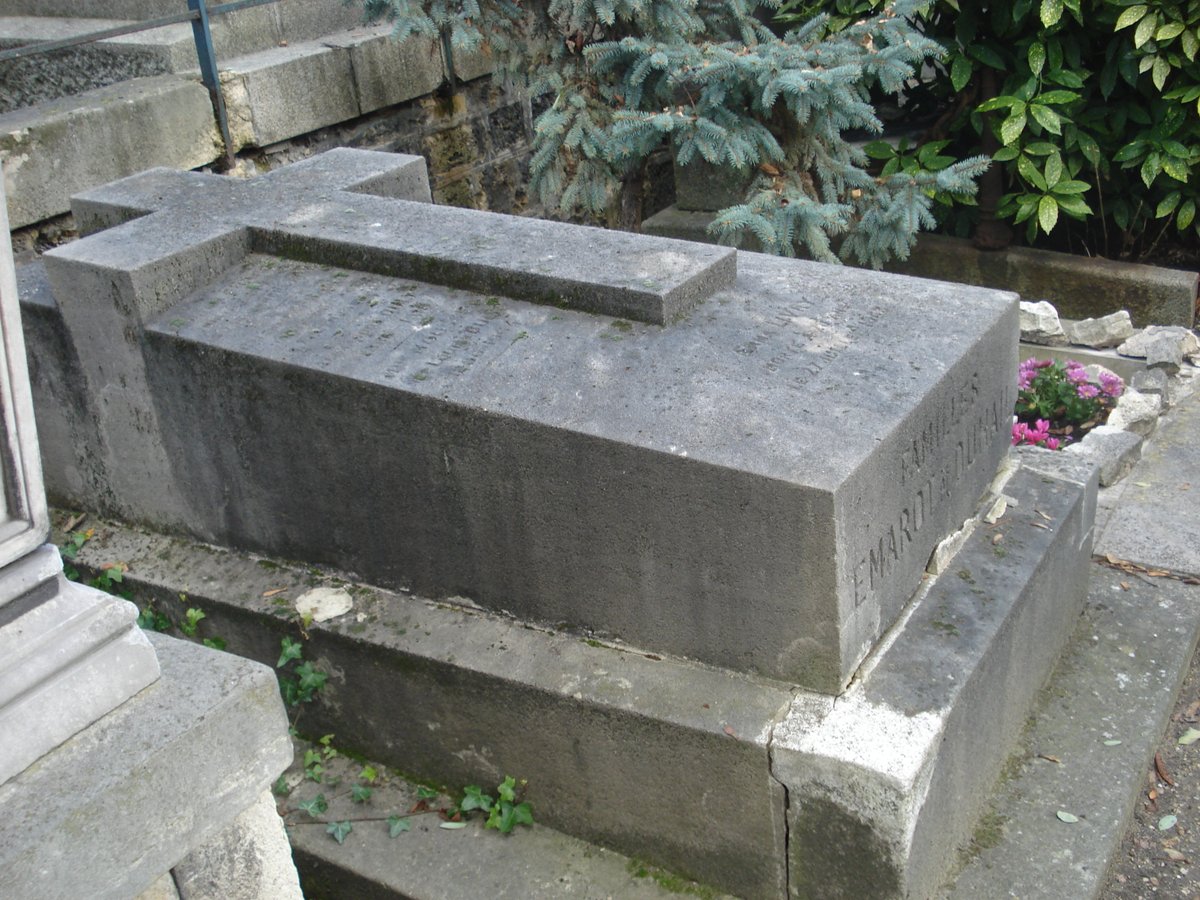Emma Livry (born as Jeanne Emma Emarot or Emma Marie Emarot; 24 September 1842 – 26 July 1863) was one of the last ballerinas of the Romantic ballet era and a protégée of Marie Taglioni.
Livry was the illegitimate daughter of Célestine Emarot, a ballet dancer, and Baron Charles de Chassiron.
She studied dancing under Madame Dominique and attended the Paris Opera School. Her career was promoted by her mother& #39;s lover at the time, Vicomte Ferdinand de Montguyon.
On 19 October 1858, at the age of sixteen, she made her debut with the Paris Opera Ballet at the Salle Le Peletier as the sylph in La Sylphide. Her talent brought her fame and she became a widely respected ballerina.
Montguyon prevailed upon the director of the Opera to change the programme so that Marie Taglioni (who originated the role) would see Livry in La Sylphide when she visited. Taglioni decided to stay on in Paris to teach the girl, who reminded her of herself as a young woman.
She choreographed for Livry the title-role of Farfalla (Butterfly) in Le Papillon, the only full-length ballet composed by Jacques Offenbach.
The sculptor Jean-Auguste Barre created a figurine of Livry in this role in bronze and bisque versions.
On 15 November 1862, Livry was rehearsing the title role of Fenella, a mime part and the title role in Auber& #39;s opera La muette de Portici. Making her second-act entrance, she shook out her skirts, which caught fire on a gaslight.
The accident was avoidable: a method of fire-proofing costumes was available in this period, but Livry and most female performers of the period were opposed to it because it discolored and stiffened fabrics.
In flames, she ran across the stage three times before she was caught and the fire extinguished with the help of firemen and other dancers. Her burns were more extensive than deep. She had clasped the burning fabric to her torso out of modesty.
Her face and breasts were undamaged. According to the doctor in attendance, her thighs, waist, back, shoulders and arms were burned, and her stays were burned on. She tried to pray.
Taglioni, who was watching the rehearsal, rubbed make-up grease into her wounds in the mistaken belief that it would act as ointment.
She suffered for months, yet remained opposed to fire-proofed skirts: "Yes, they are, as you say, less dangerous, but should I ever return to the stage, I would never think of wearing them – they are so ugly."
In 1863, she was moved from her home in Paris to Neuilly-sur-Seine. Her wounds re-opened and she succumbed to septicæmia (disease caused by pathogens in the blood). Montguyon was with her when she died. She was only 20 years old.

 Read on Twitter
Read on Twitter Emma Livry: A THREAD https://abs.twimg.com/emoji/v2/... draggable="false" alt="🩰" title="Ballettschuhe" aria-label="Emoji: Ballettschuhe">" title="https://abs.twimg.com/emoji/v2/... draggable="false" alt="🩰" title="Ballettschuhe" aria-label="Emoji: Ballettschuhe">Emma Livry: A THREAD https://abs.twimg.com/emoji/v2/... draggable="false" alt="🩰" title="Ballettschuhe" aria-label="Emoji: Ballettschuhe">" class="img-responsive" style="max-width:100%;"/>
Emma Livry: A THREAD https://abs.twimg.com/emoji/v2/... draggable="false" alt="🩰" title="Ballettschuhe" aria-label="Emoji: Ballettschuhe">" title="https://abs.twimg.com/emoji/v2/... draggable="false" alt="🩰" title="Ballettschuhe" aria-label="Emoji: Ballettschuhe">Emma Livry: A THREAD https://abs.twimg.com/emoji/v2/... draggable="false" alt="🩰" title="Ballettschuhe" aria-label="Emoji: Ballettschuhe">" class="img-responsive" style="max-width:100%;"/>
